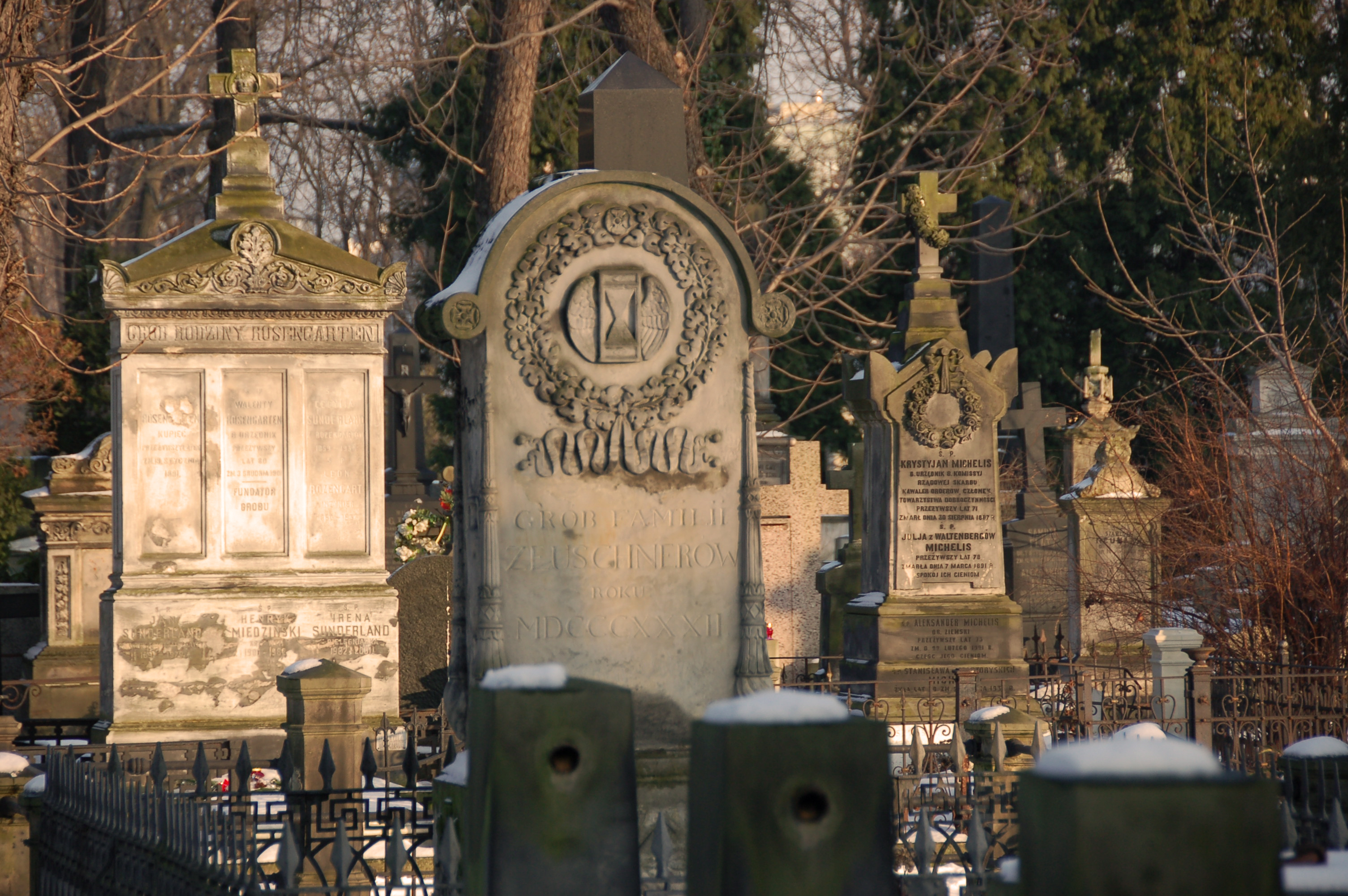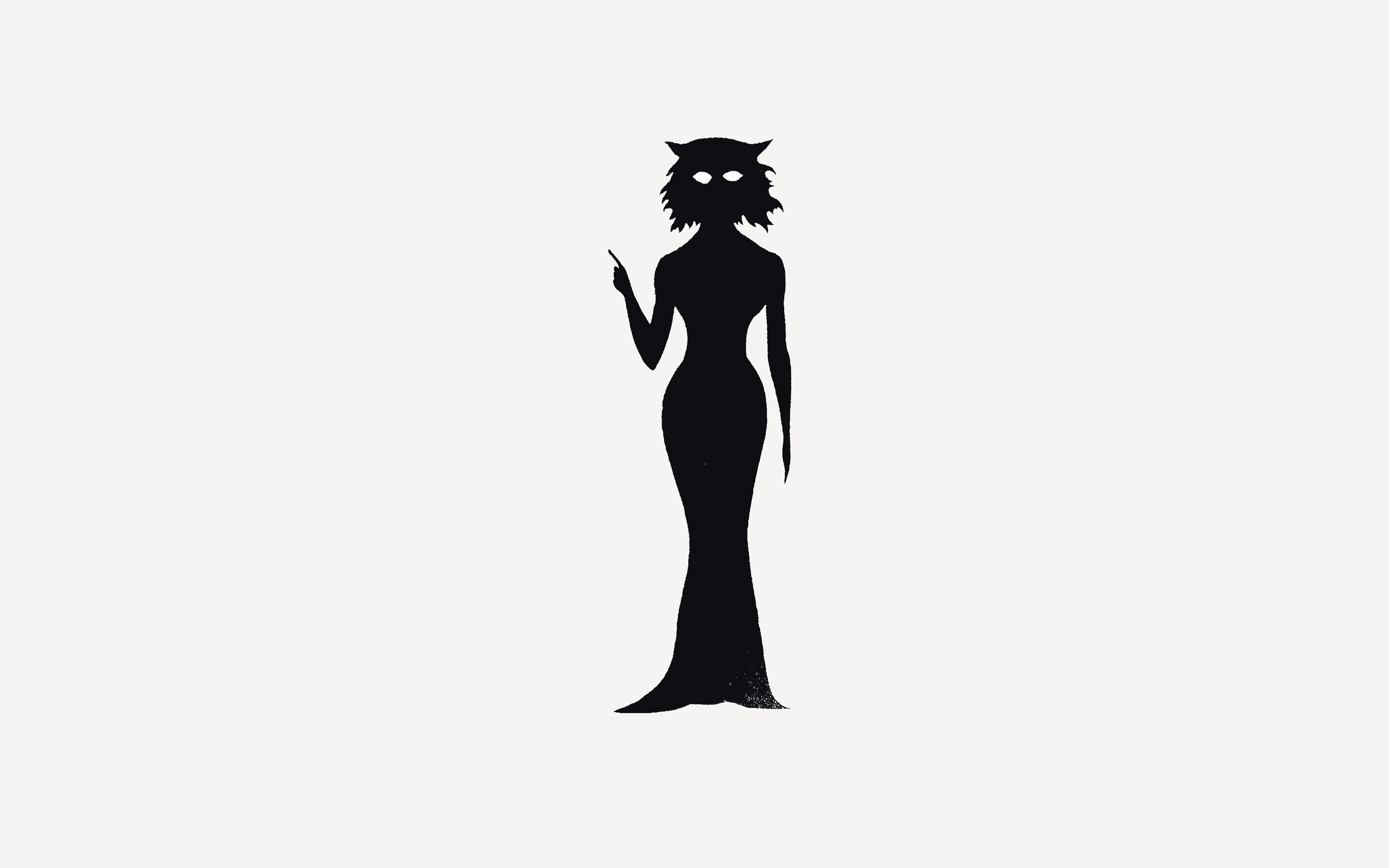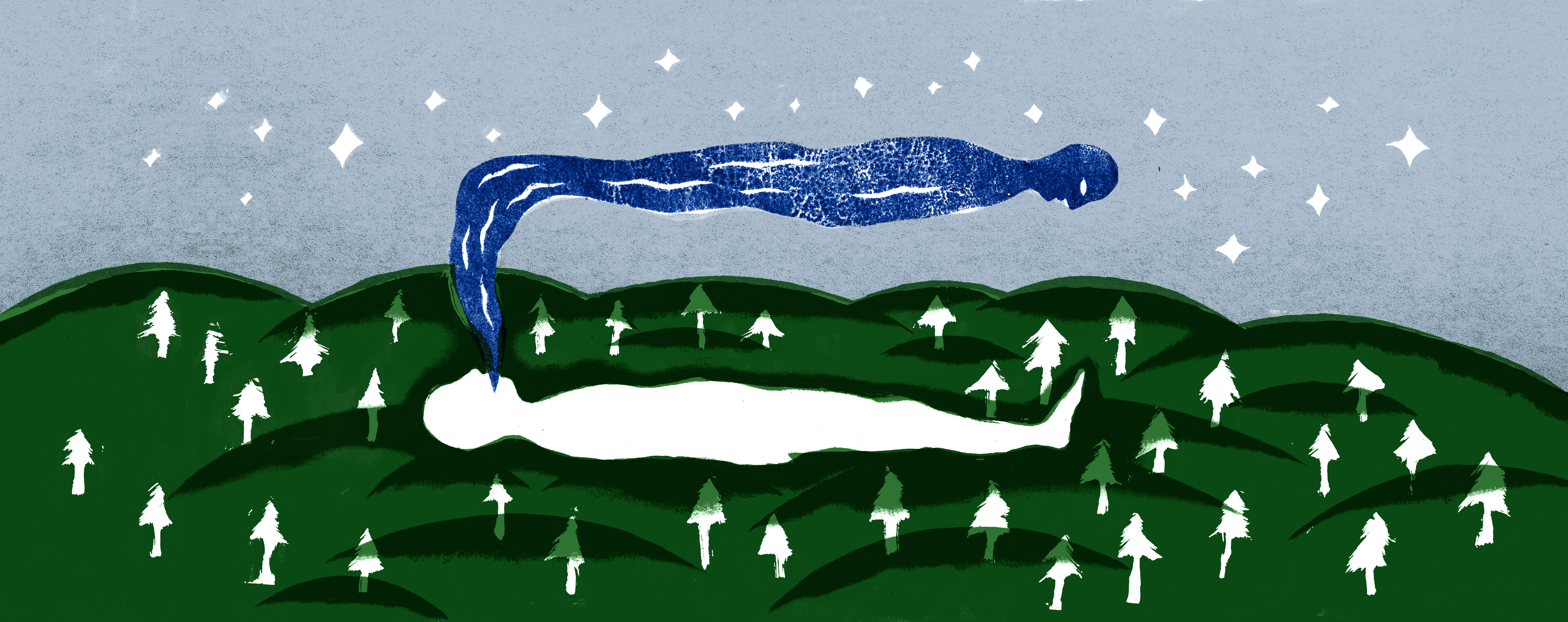
Coming to Poland as a child was to always encounter life as a different proposition – a world of strange melancholias and lofty metaphysics. There was nothing spookier, nor truer, than going down to the cemetery for All Saints’ Day, to lay a candle on the graves of loved ones; to be left in the silence of flickering lights and falling leaves, and to remember not only those gone, but ourselves too. It has always struck me as something that we could all learn from, a way to put death, or loss, in its place.
Death is, after all, what anthropologists understand to be the great ‘other’, something that we must all have a cosmological answer for. All Saints’, in the Catholic iteration, was created in the 7th century by Pope Boniface IV in honour of the Christian martyrs persecuted by Rome, but the roots of the ritual lie in a deeper consideration. In the pagan rites that preceded the holy day, death was something that needed to be warded off and managed, not just mourned.
Indeed, the Roman pagan festival that was replaced by All Saints’ Day was more characterized by fear than veneration. Ancestral spirits were understood to descend upon the Roman households, and the Lemuria festival was dedicated to their propitiation. Later, All Saints’ was moved to the same time as the Celtic harvest festival, Samhain, which shared similar death-appeasing practices. Both festivals appeared at liminal, and therefore anxious, moments – the spirits of the Lemuria came during harvest time and were warded off with a cake made from the first ears of wheat; whereas Samhain fell on the equinox, when the spirits of the dead were understood to cross from one world to the next.
Because I grew up in Australia, which is a mix of no-nonsense Protestantism and silenced indigeneity, I find this kind of sublimation of death compelling. The Reformation did away with the baroque elements of religious life, so All Saints’ Day in the Anglo world (secularism aside) barely registers as a thing. But this kind of yearly, cyclical elevation provides people with the opportunity to deal with the trickiness of death, in the right place and at the right time.
In pagan Poland, the way they did this was by securing continuity between the living and the dead, and this has remained at the core of the ritual until today. The Dziady (Forefather’s Eve) rites performed by Slavs during the spring and autumn equinoxes, were dedicated to the invocation of spirits, rather than their expulsion. Feasts were held, libations made and fires stoked to welcome the spirits home and keep them warm. Spending time with those gone was supposed to bring luck to the living, as well as salvation and comfort to restless souls.
After the Church co-opted the tradition, possibly to neutralize its potency, the Zaduszki (All Souls’ Day) ritual continued in a similar vein. Here, the bonfires gave way to lanterns carefully carried onto consecrated ground; food too was consumed and offered, but in the cemetery, in the company of those now gone. Even today mourners will still pray for those souls they believe to be stuck in purgatory. What such practices give people, in reality – even in their most secular form – is the opportunity to make sense of what they have lost, bridging the otherwise impossible divide between the living and the dead.
In fact, it is all loss, not just death, that must ultimately be mourned, and this is what these kinds of rituals effectively do. In his essay, Mourning and Melancholia, Freud makes a case for acknowledging and dealing with loss properly (mourning), in order to be able to finally cast away that which is gone. Loss that goes unmourned (melancholia), on the other hand, only becomes a strange half-truth lodged somewhere deep – essentially a restless soul that cannot be released. Rituals like All Saints’ Day help us deal with the things that we’d rather not see.
In cultures that have lost mourning traditions, death is something that is cast to the side, relegated to the periphery of cultural and social order, and only ever allowed to reappear as an uncomfortable reminder, or a taboo. However, in a country like Poland, whose entire constitution is made up of the traumas of the past, this would be an impossibility – the only way to move forward in a place like this is to look deep into the past.
So today, on 1st November, when Poles take their lanterns down to the cemeteries to honour those who have gone, they will be facing down the same truths as those who came before. They will stand vigil in the shifting shadows, speaking in hushed tones, and reckon with the impossibilities of what it is, in fact, to be alive. After they have made their peace – with love, with loss and death – they will make their way back along the path, past the cemetery gates and back, towards life.









